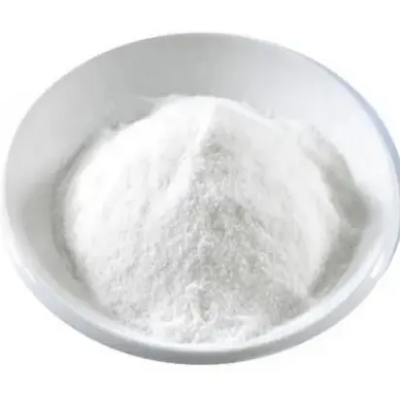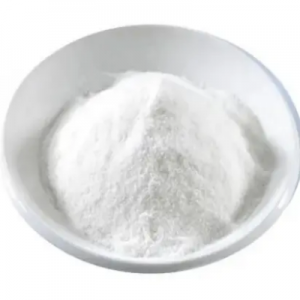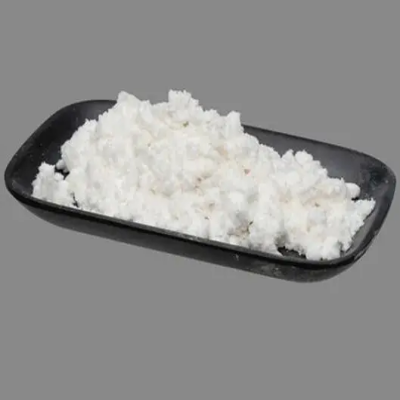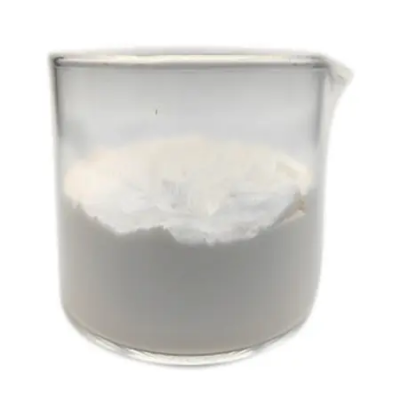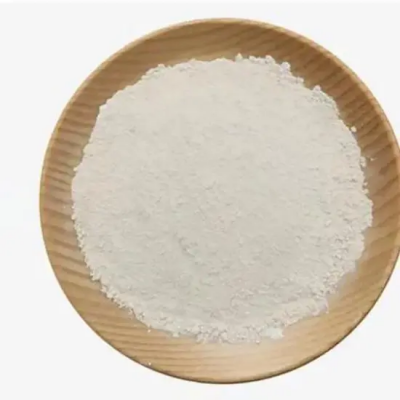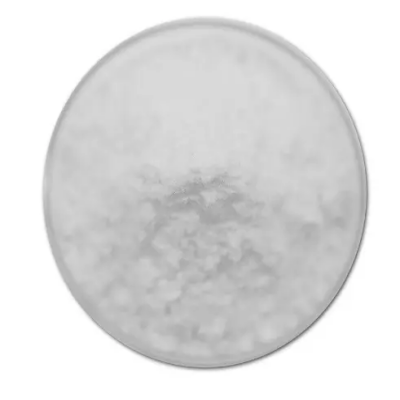2,7-Dibromo-9,9-dimethylfluorene CAS:28320-32-3
2,7-Dibromo-9,9-dimethylfluorene is synthesized through controlled bromination of 9,9-dimethylfluorene, typically employing bromine or a brominating agent in a suitable solvent. The resulting compound exhibits a symmetrical structure with two bromine atoms attached to the fluorene core at positions 2 and 7, while dimethyl groups are positioned at the 9 position. This arrangement leads to a rigid and planar molecular structure, crucial for its unique properties. Physical Properties: The compound's physical properties include a high melting point, solubility in organic solvents, and fluorescence under UV light. These characteristics are advantageous for applications requiring thermal stability, solution processability, and optical properties, making it a candidate for materials used in optoelectronic devices. Chemical Reactivity: 2,7-Dibromo-9,9-dimethylfluorene exhibits interesting chemical reactivity due to its bromine substituents and aromatic core. It can undergo various reactions such as Suzuki coupling, Heck coupling, and Grignard reactions, enabling the synthesis of functionalized derivatives with tailored properties. Additionally, the presence of bromine atoms makes it susceptible to nucleophilic substitution reactions, expanding its synthetic versatility. Applications: The compound finds applications in diverse areas. In materials science, it serves as a building block for designing organic semiconductors, light-emitting materials, and sensors due to its electron-rich aromatic system and structural rigidity. In pharmaceuticals, derivatized forms of 2,7-dibromo-9,9-dimethylfluorene can exhibit biological activity, making it a potential candidate for drug development. Furthermore, its fluorescence properties make it useful in fluorescent labeling and imaging techniques. Future Prospects: Continued research on 2,7-dibromo-9,9-dimethylfluorene and its derivatives holds promise for developing advanced materials with enhanced performance characteristics. Exploring its reactivity towards new reactions and optimizing synthetic routes can unlock novel applications in emerging fields such as organic electronics, photonics, and biotechnology.



| Composition | C15H12Br2 |
| Assay | 99% |
| Appearance | white powder |
| CAS No. | 28320-32-3 |
| Packing | Small and bulk |
| Shelf Life | 2 years |
| Storage | Store in cool and dry area |
| Certification | ISO. |


